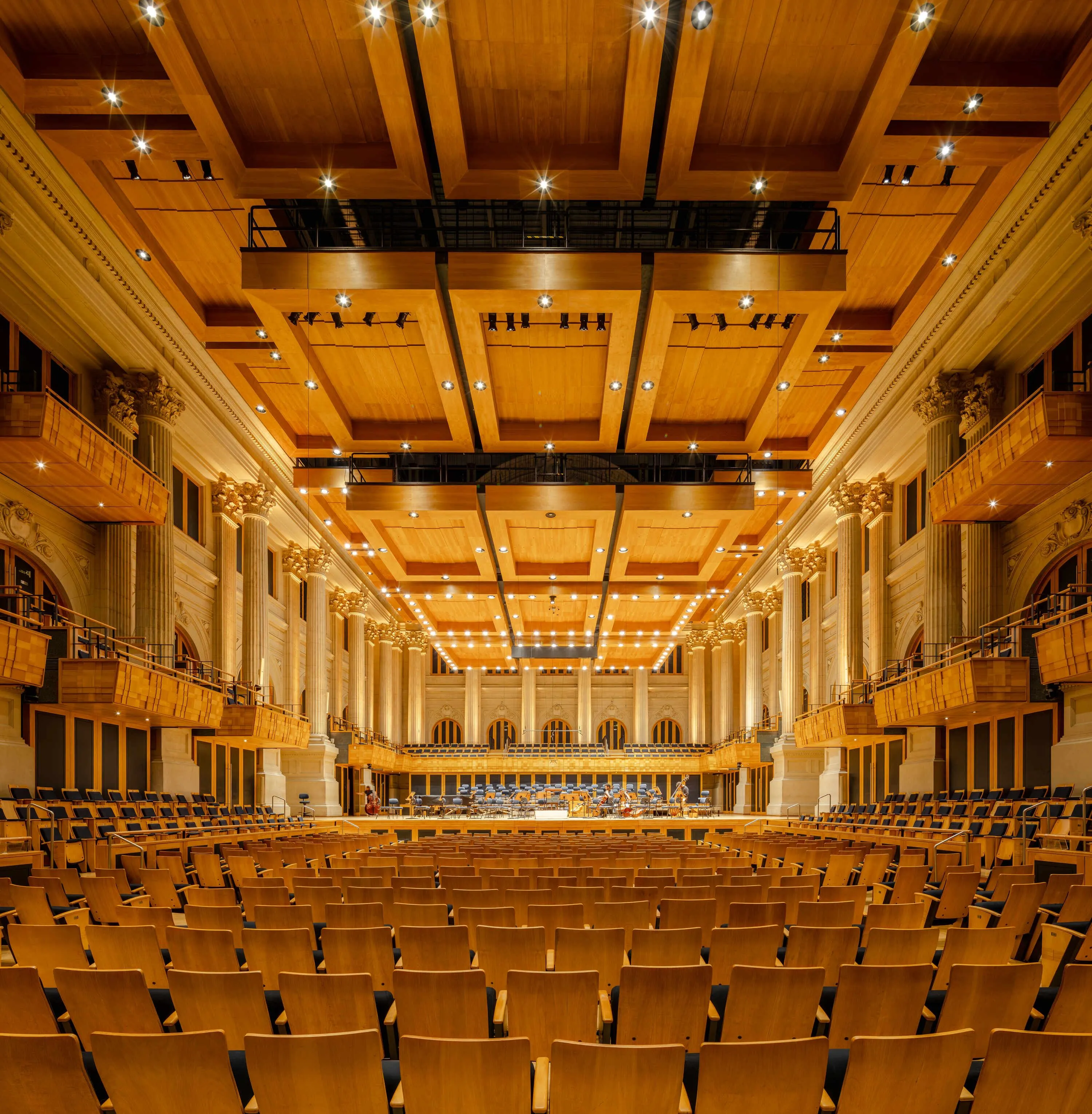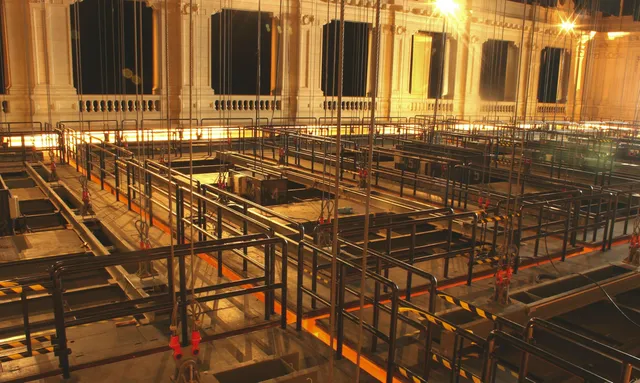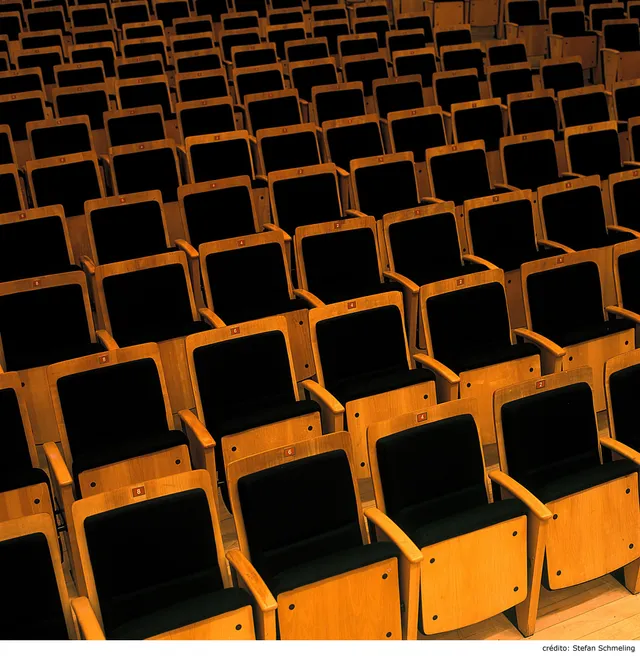The relationship between music, acoustics, and architecture has been important throughout history. In the Baroque period, composers such as Bach, Handel, Corelli, and Vivaldi wrote their music to be played in small palace halls. During Classicism, works by Haydn, Mozart, and Beethoven were performed in halls that were like the ones we know today, though considerably smaller than those built between the end of the eighteenth century and the mid-nineteenth century in response to the popularization of concerts. Musical works from different historical moments have, therefore, different needs in terms of reverberation and resonance.
Artec Consultants, an acoustics design and theatre planning firm incorporated into the multinational Arup in 2013, led on the acoustics design with an eye to the diverse range of programmes that Sala São Paulo would host. The quality of our sound, which is lauded internationally, is made possible by a number of different features: the aspect of the balconies and their façade design, the location of the stage, the absence of carpets and curtains, the thickness of the timber used for the stage, the design of the seats, the heavy walls and, of course, the moveable overhead panels that have become our trademark. Artec worked alongside acoustic consultant José Augusto Nepomuceno and architect Nelson Dupré, responsible for the restoration project. Also noteworthy were contributions by architect Ismael Solé, sound engineer and conductor Christopher Blair, and engineer Bernard Baudouin, from Akustiks.


